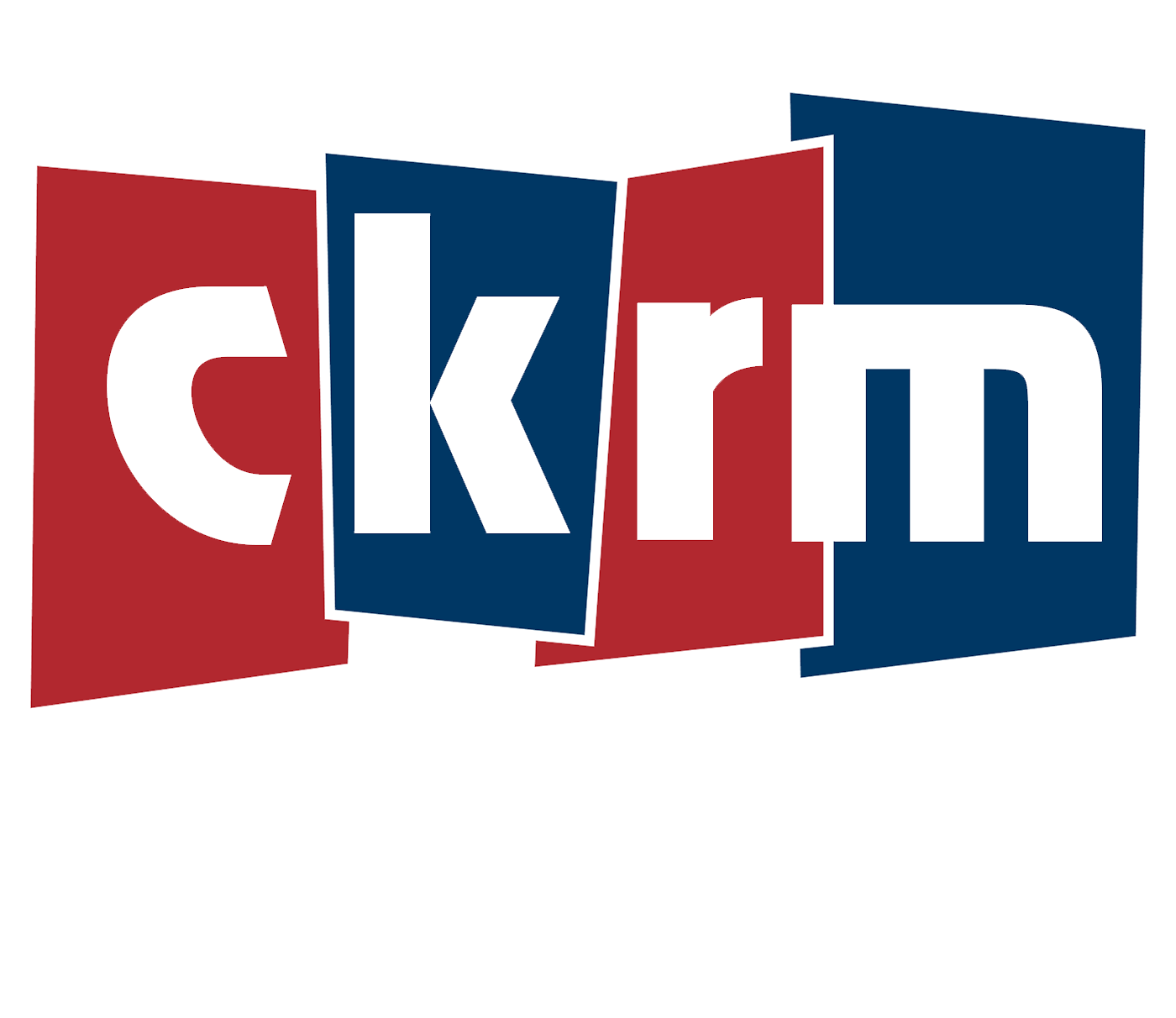McGill University researchers, with help from the Canadian Light Source at the University of Saskatchewan, discovered a new way to turn carbon dioxide (CO2) into methane and continuously use it as an energy source.
Methane is produced in different ways, from burning of fossil fuels, to livestock and other agricultural practices, which can then introduce more carbon dioxide into the atmosphere. In practical ways, methane can be used for generating heat, producing electricity, and even as a fuel for vehicles.
Mahdi Salehi is a Ph.D. candidate at the Electrocatalysis Lab at McGill University and is involved with the research project. He says the goal was to make the process more efficient in order to produce more methane without a lot of unwanted byproduct. One way was with tiny bits of copper, called copper nanoclusters.
“We found that using really small copper particles made a big difference,” says Salehi. “These tiny particles were able to convert CO2 into methane very efficiently, in fact, by using those smaller particles, we achieved of about 85 per cent (Faradaic efficiency) for methane which is quite high. Our method works at a high reaction rate…and when I say a higher reaction rate, it means we can produce more methane in a shorter amount of time.”
The copper catalysts used were different sizes – from small ones that are about 19 atoms to larger ones that are 1-thousand atoms. He says what they were trying to do was create a “closed carbon loop”.
“If we capture that CO2 and then convert it into methane, and then use the methane as a fuel and the CO2 produced from burning that methane can be captured again and re-used. This way, we are not adding more CO2 to the atmosphere, we are trying to recycle that CO2 and methane.”
Salehi says the next steps are to make the copper catalysts more efficient and durable and figure out how to produce the tiny copper particles on a larger scale “so they can be used in a real world application”, as well as testing it in an industrial setting to see how it performs. They would also need to look at it from an economic standpoint to ensure its cost-effective, then once that step is made, collaborate with industrial partners, governments and other researchers in order to bring this to market.
He believes this technology can be used one day on a farm.
The research can be found on the Canadian Light Source website.








